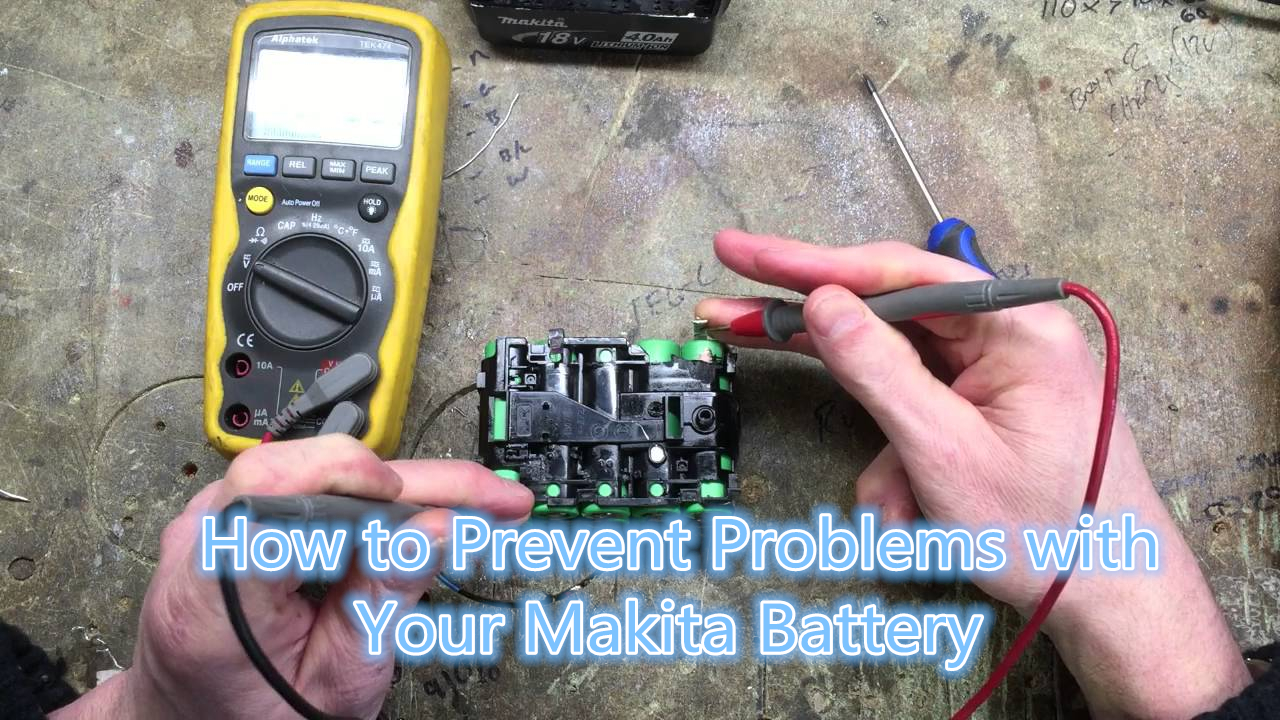Batteries will always require proper care and maintenance for optimal use. This ensures that you get the value of your money in your every purchase. Used for Makita tools, the Makita battery powers chainsaws, blowers, drills, and other powerful equipment.
Let’s talk about heat – Makita Battery Problems
 As with many batteries, heat will always be their worst enemy. Heat burns out the fuel of a battery faster than normally rendering the battery’s energy. Both the Lithium-ion (Li-ion) and Nickel-metal-hydride (Ni-MH) batteries suffer from fast battery drain when put in a prolonged exposure to heat. Both would usually need two (2) to four (4) hours of charging time, and these have a low tolerance to overcharging.
As with many batteries, heat will always be their worst enemy. Heat burns out the fuel of a battery faster than normally rendering the battery’s energy. Both the Lithium-ion (Li-ion) and Nickel-metal-hydride (Ni-MH) batteries suffer from fast battery drain when put in a prolonged exposure to heat. Both would usually need two (2) to four (4) hours of charging time, and these have a low tolerance to overcharging.
Once you feel your tools heat up, it is important to stop operating them and let them cool down for a while before using them again. This momentary stop gives you a chance to rest yourself, and you will be able to use more of your power tool battery.
What over-discharging can do
 Over-discharge is another thing you have to be mindful of when caring for your Makita battery. When a battery is almost completely drained, the tool will already signal its user for a charge.
Over-discharge is another thing you have to be mindful of when caring for your Makita battery. When a battery is almost completely drained, the tool will already signal its user for a charge.
Luckily, the battery will have enough power to establish communication with the tool. While the Li-ion type, which is the most common Makita battery type, would require users to never let the battery discharge completely, the Ni-MH type needs a regular discharge to prevent crystalline formation.
How to deal with both Ni-Mh and Li-ion cells
Ni-MH Makita battery type has what they call a memory effect. For example, the battery was charged when it was on 15%. The crystalline formation allows the user to use the tool only until that point since it will already indicate as battery low once it gets to 15% again. To prevent this, a regular discharge is required to reset the charging cycle of the battery. It is recommended to do a complete discharge and recharge cycle with the battery once a month.
It is important to note that these batteries self-discharge when at rest. The Li-ion battery type can deplete 10% of its fuel while stored, while the Ni-MH battery type depletes up to 30%. If you’re expecting not to use your tools for a long time, take the time per month to fully recharge your batteries before storing them. This process will help maintain a healthy charge cycle for your Makita battery.
It is also important that you keep the equipment and the battery separately. When you store the tools with the battery still attached, the battery will still send a current to the tool even though it is not being used. Also, there is a higher possibility of over-discharge.
The importance of proper care for Makita battery
Proper care of your tools as a whole can affect the optimization of your battery life. Improper maintenance of your tools may cause a strain to its mechanism and put more stress on the battery. Ensuring proper maintenance of your batteries is important if you want good, long-lasting quality for the money you spent. Otherwise, you will end up buying expensive replacements.




![Interchangeable Compatibility is a Must for Cordless Power Tool Battery Packs [Latest Technology]](https://www.powertoollab.com/wp-content/uploads/2017/12/cordless-tool-battery-interchangeable-768x433.jpg)